Scientists have temporarily ceased their examination of the asteroid samples that plummeted to Earth earlier this week, following the discovery of unknown black dust. Derived from the surface of asteroid Bennu in 2020, the samples are part of NASA’s OSIRIS-REx mission, marking the first U.S. mission purposed to retrieve samples from an asteroid and return them to Earth.
The sample canister made its landing on September 24 within the confines of the Department of Defense’s Utah Test and Training Range, situated in a desert. With the canister unveiled, the researchers were given the opportunity to examine the Touch and Go Sample Acquisition Mechanism (TAGSAM) located atop the avionics deck. The avionics deck is essentially the platform that houses the electronic systems which control the spacecraft.
However, work was abruptly interrupted on Tuesday. Upon opening the OSIRIS-REx science canister at NASA’s Johnson Space Center in Houston, scientists encountered unidentified “black dust and debris.”
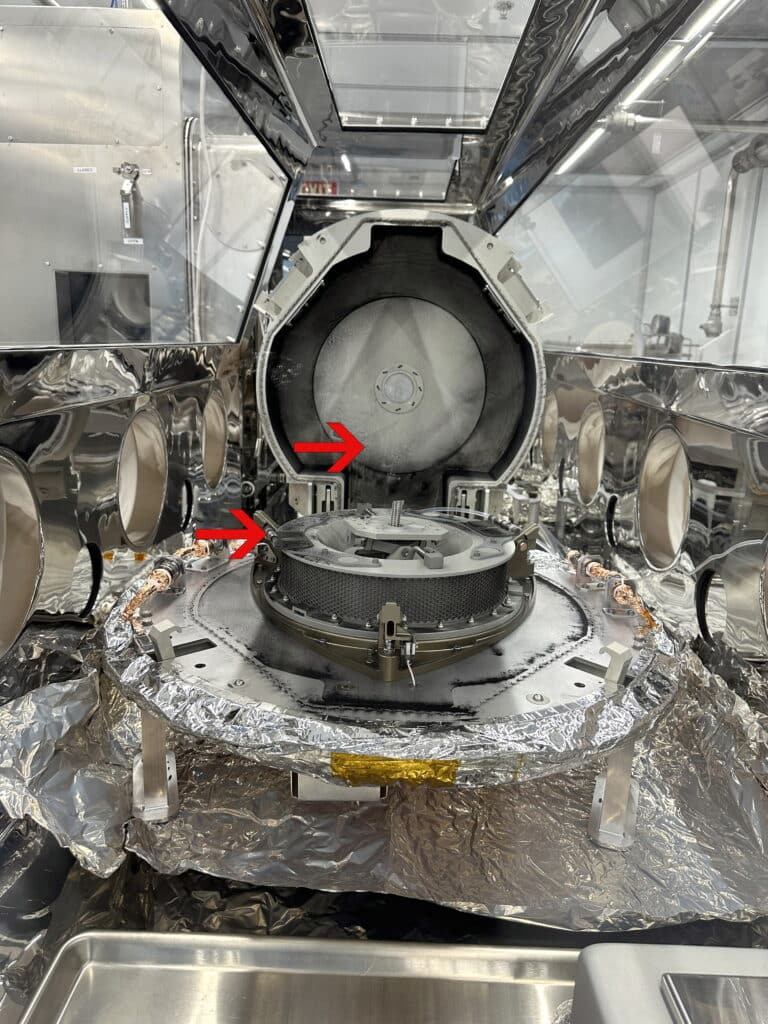
NASA clarified in a statement: “Scientists and engineers removed the lid and observed black dust and debris on the surfaces of the avionics deck and TAGSAM. This dust will be subjected to a preliminary analysis to ascertain if it indeed originates from the asteroid Bennu. The TAGSAM, carrying the majority of the sample, will be meticulously opened in the subsequent weeks.”
Dante Lauretta, the principal investigator of OSIRIS-REx, captured an image of the sample canister after the successful lid removal, adhering to the protocols of the curation process. “We opened up the canister today, and we did see that there is some black dust-like material that’s visible,” Lauretta told Ars Technica. “We’re hoping that’s from Bennu. We expect that we’ll be collecting a portion of that tomorrow morning, and that’ll go right into laboratories.”
“Bennu is likely to be a well preserved, 4.5 billion year old remanent of the early solar system, so the samples should provide insight into the role that similar asteroids played in the formation of planets and the delivery of organic material and water to Earth that may have ultimately led to life,” NASA explained in a media release earlier this year.
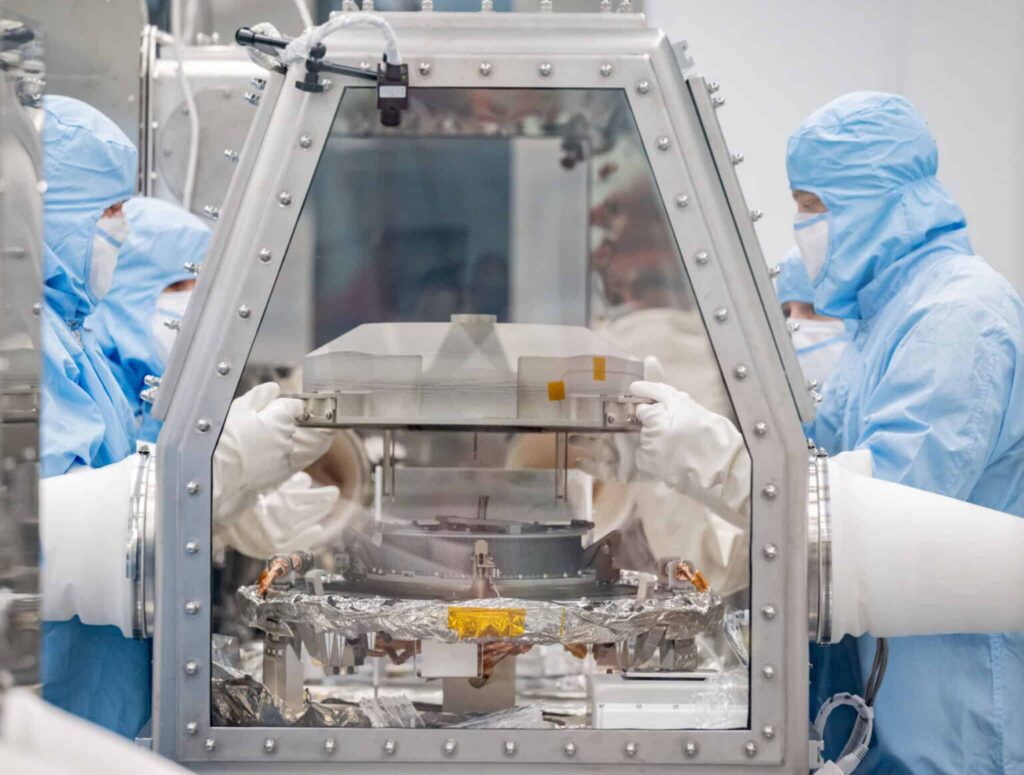
The information procured from the OSIRIS-REx mission is pivotal as it augments the understanding of scientists about asteroids that pose a potential risk of impacting Earth, thereby aiding in the development of future asteroid deflection strategies.
Addressing these inquiries necessitates the meticulous preservation, protection, and management of the asteroid samples. These samples are slated for examination and will be conserved in a novel curation facility, overseen by NASA’s Astromaterials Research and Exploration Science division, or ARES, located at Johnson Space Center in Texas.
ARES hosts the most diverse collection of extraterrestrial materials on the globe, encompassing lunar rocks, particles from the solar wind, meteorites, and samples from comets, making it a repository of knowledge waiting to be deciphered.
South West News Service (SWNS) contributed to this report.
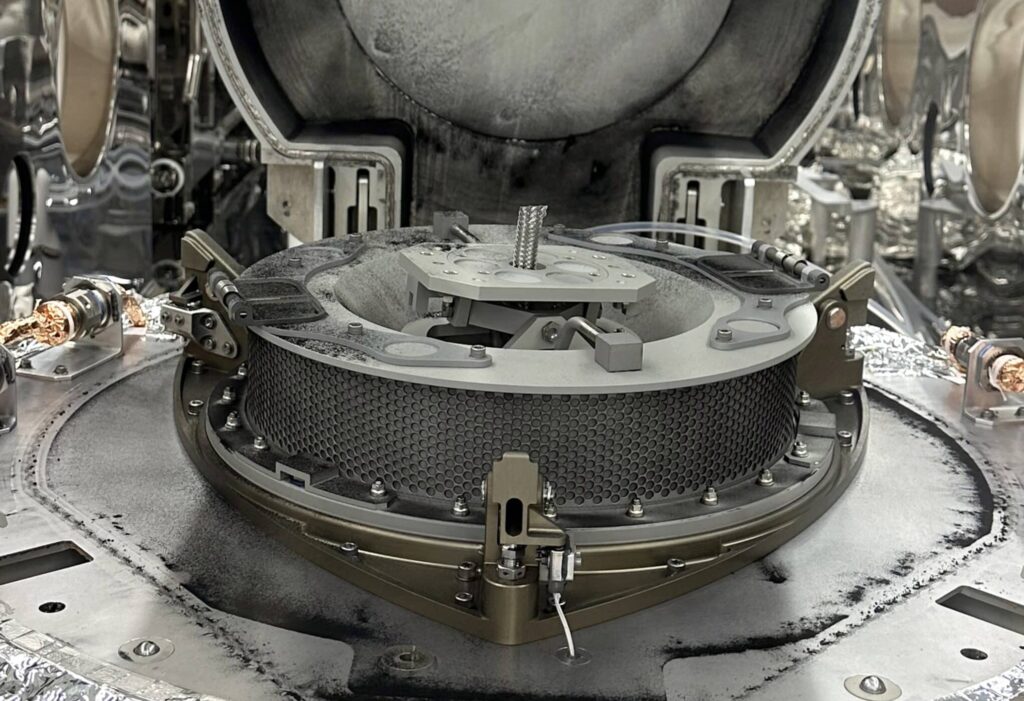



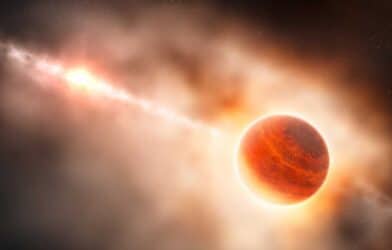
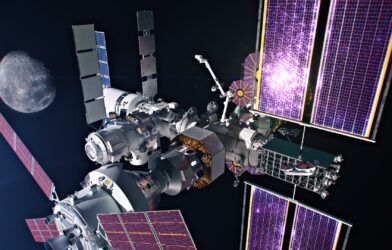







Could this black dust be dark matter? I think caution should be exercised.
LOL, it’s the Venom symbiote.
It just don’t look right. I can see the black dust on that thing spread out better than I can where the arrows are. It just looks like some type of stupid joke.